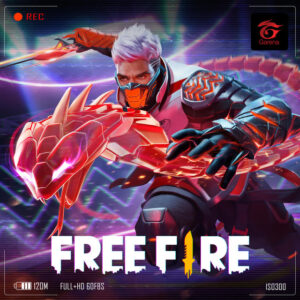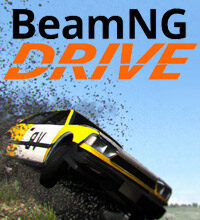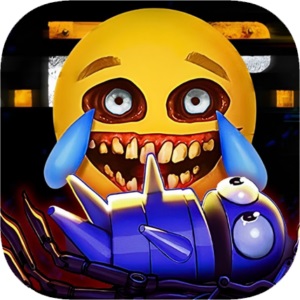SEO Title: Classic Dungeon Delving Reborn: Why ‘Demi and the Fractured Dream’ is the 3D Zelda Experience ‘Breath of the Wild’ Forswore
Popular Now
 Genshin Impact
Genshin Impact
 Among Us
Among Us
 Auto X Drift Racing 3
Auto X Drift Racing 3
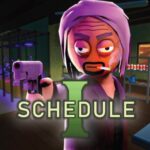 Schedule I
Schedule I
 Fortnite
Fortnite
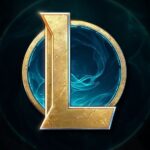 League of Legends
League of Legends
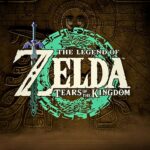 The Legend of Zelda
The Legend of Zelda
 Garena Free Fire: Kalahari
Garena Free Fire: Kalahari
 Candy Crush Saga
Candy Crush Saga
 Poppy Playtime
Poppy Playtime
 For a generation of gamers, the Legend of Zelda franchise was defined by the seminal structure established in Ocarina of Time: a vast, yet tightly focused overworld that funneled players into elaborate, theme-specific dungeons and rewarded them with a permanent, game-changing item. The monumental shift to the open-world sandbox of Breath of the Wild and Tears of the Kingdom, with its emphasis on physics and non-linear exploration, left many longing for the ‘classic’ 3D formula—a structured, dungeon-crawling epic.
For a generation of gamers, the Legend of Zelda franchise was defined by the seminal structure established in Ocarina of Time: a vast, yet tightly focused overworld that funneled players into elaborate, theme-specific dungeons and rewarded them with a permanent, game-changing item. The monumental shift to the open-world sandbox of Breath of the Wild and Tears of the Kingdom, with its emphasis on physics and non-linear exploration, left many longing for the ‘classic’ 3D formula—a structured, dungeon-crawling epic.
Enter Demi and the Fractured Dream, the debut title from Yarn Owl, published by the critically acclaimed Annapurna Interactive. Announced recently with a vibrant, stylish trailer, Demi is positioning itself as a direct successor and “love letter” to the old 3D Zeldas, aiming squarely at players who feel the latest Hylian adventures lost the core identity of the series. This is more than just a passing resemblance; it is a clear commitment to the tenets of action-adventure RPGs of the late 90s and early 2000s.
The Core of the Old Formula: Dungeons, Puzzles, and Item Progression
The primary critique from the so-called “Breath of the Wild Haters” revolves around the lack of traditional, large-scale, themed dungeons and a satisfying, permanent item progression system. BotW’s Divine Beasts and weapon durability were polarizing mechanics that replaced the satisfying moment of unlocking a new tool—the Hookshot, the Bow, the Iron Boots—that permanently altered Link’s abilities and opened up new areas. Demi and the Fractured Dream is ready to fill that void.
- Environmental Puzzle Challenges: The game promises a mix of environmental puzzles and platforming challenges, echoing the deep integration of tool use and spatial reasoning that defined classics like Ocarina of Time and Twilight Princess. These challenges are not simply physics experiments; they are clever, dedicated design work that rewards a specific, evolving skill set.
- Tools, Spells, and Permanent Abilities: As Demi, a “voidsent” hero, players will utilize a “wide arsenal of attacks, tools, and spells” to defeat enemies and solve complex puzzles. This language strongly suggests a return to the rewarding structure of finding permanent tools that unlock new pathways and abilities—a foundational gaming element that BotW consciously minimized.
- Focused Dungeons and Boss Fights: The narrative premise of destroying the “legendary Accursed Beasts” across the world of Somnus points toward a traditional structure of set-piece boss encounters at the end of large, themed zones or dungeons. This provides a clear path of game progression, offering the sense of a meticulously crafted journey rather than a pure sandbox experience.
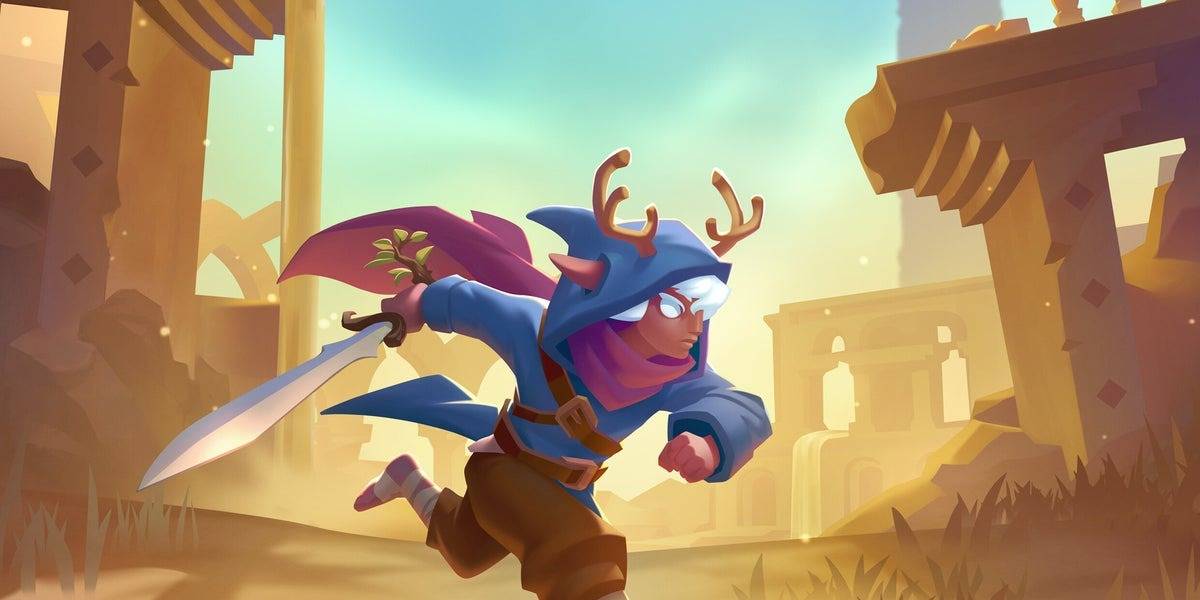 Combat with Finesse, Not Just Durability
Combat with Finesse, Not Just Durability
Another common complaint directed at the newest Zelda titles is the perceived lack of depth in the core combat loop, often exacerbated by the breaking weapon system. While Breath of the Wild offered the satisfying “Flurry Rush,” the overall swordplay was criticized for lacking the finesse and dedication to a single, iconic weapon.
- Classic Hack-and-Slash Combat: Demi and the Fractured Dream is being marketed as a classic hack-and-slash action-adventure. This suggests a more focused, refined combat system built around a dedicated sword or weapon, much like the Master Sword was the centerpiece of Link’s arsenal.
- Void Energy and Tactical Dodging: The combat features an enhanced system where “perfectly timed dodges” activate a temporary empowerment known as “void energy” for subsequent attacks. This introduces a layer of high-skill, tactical combat that goes beyond simple weapon-swinging, requiring player mastery and timing—a welcome feature for those seeking deeper mechanical engagement.
- Ability-Enhancing Charms: The ability to equip a “wide range of ability-enhancing charms to adapt your build” suggests a flexible, yet permanent form of character customization that allows players to specialize their fighting style, further differentiating it from the temporary buffs and sharding system of the modern Zelda games. This speaks to a focus on replayability and personalized growth.
A World of Style and Narrative Focus
Beyond mechanics, the atmosphere of Demi promises a return to the strong, stylized art direction that made titles like The Wind Waker and Twilight Princess so memorable. The visuals feature a striking, colorful, and unique aesthetic—often described as a deer-boy vibe—with a nice, smooth graphical polish that elevates it beyond being a simple retro clone.
- Compelling Narrative Drive: The story of Demi, a “voidsent” trying to escape a cursed fate and searching for his destiny, offers a strong sweeping narrative that seems more character and plot-driven than the fragmented “memories” narrative structure of BotW. Guided by a mysterious voice and an acolyte ally named Mergo, the game appears to embrace the focused, emotional journey that was a hallmark of the older 3D titles.
- Diverse, Themed Kingdoms: Demi’s quest will take him across diverse landscapes, from the Desert Kingdom to the Marsh Kingdom, suggesting a return to the uniquely themed regions that gave older Hyrule its distinct, character-filled geography—a sharp contrast to BotW’s more uniform, “real-world” open space.
With its launch planned for 2026 across PC, PS5, and Nintendo Switch, Demi and the Fractured Dream is shaping up to be a necessary and highly anticipated release. It’s a direct response to a cultural moment in gaming, providing a refuge for those who miss the elegant, structured, and rewarding formula of the past. For Breath of the Wild haters and fans of the classic 3D Zelda games alike, Demi is poised to deliver the meticulously crafted dungeon crawler experience they’ve been waiting for.




